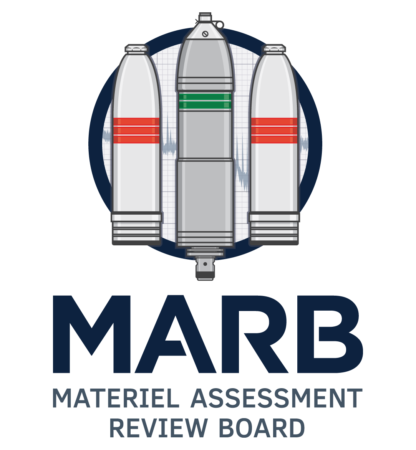The U.S. Department of Defense has tested and disposed of chemical warfare materiel at military installations in the United States and its territories since 1918. These sites include active military installations, closed installations, land turned over to other government agencies and land transferred to private ownership. Range clearing operations and environmental remediation activities will often unearth old chemical warfare materiel.
Materiel Assessment Review Board

In January 1995, the U.S. Army Materiel Command (AMC) established the Materiel Assessment Review Board, or MARB, to make decisions for the Department of the Army regarding recovered suspected chemical warfare materiel. Many munitions and containers recovered from old burial sites at these installations lack identifying marks due to age and condition. This makes identification difficult and requires the use of non-destructive and non-intrusive methods to identify the item, its fill and status of its firing abilities. The MARB aids in the Army’s effort to accurately assess and treat recovered chemical warfare materiel.
